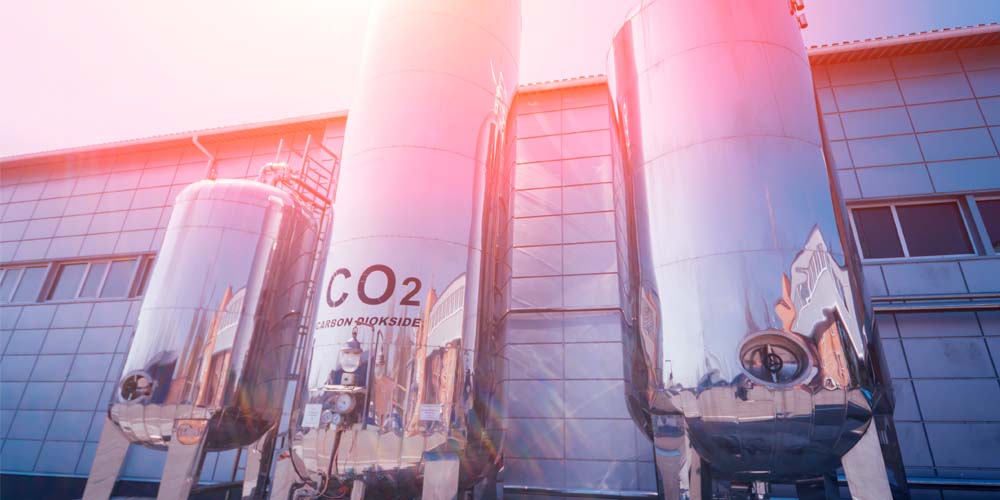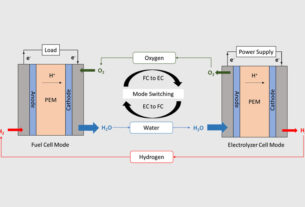Norway – DNV and Equinor are developing KFX CO2 simulation software to improve the safety of carbon capture and storage.
The transition to a low-carbon society is dependent on the introduction of new and emerging technologies, such as carbon capture and storage (CCS) technology to reduce CO2 emissions to the atmosphere, and Norway’s Equinor is a leader in this field. There is a need for reliable consequence models for safety assessments, barrier design, and CCS safe design documentation. It is critical to have tools that simulate what actually happens if an accident occurs in order to ensure the highest safety standards. This is used as the foundation for design and to mitigate the consequences of an unintentional release. Equinor has partnered with DNV to further develop DNV’s KFXTM CO2 computational fluid dynamics (CFD) software over the next three years for this purpose.
The KFX CO2 software simulates accidental CO2 releases from storage facilities as well as leaks from pipelines, trucks, and ships. CO2 is typically transported and stored in either a liquid or supercritical state. Because it is much heavier than air, a release of concentrated CO2 will typically follow the contours of the terrain, accumulating in pits, valleys, and low-lying areas. KFX CO2 will consider complex thermodynamics and the interaction of geometry and terrain, as well as dry-ice formation and CO2 sublimation.
DNV’s experience with advanced CFD simulation tools in safety analyses for full-scale CO2 capture projects stems from many years of development work by KFX software, which DNV acquired in 2017. For the past 25 years, Equinor has been a key partner in the development of KFX computational fluid dynamics software.




